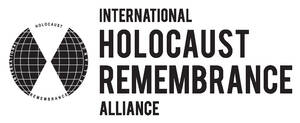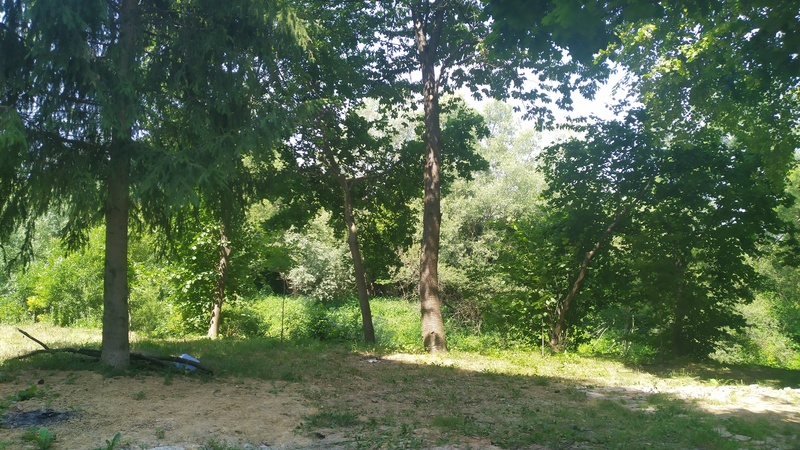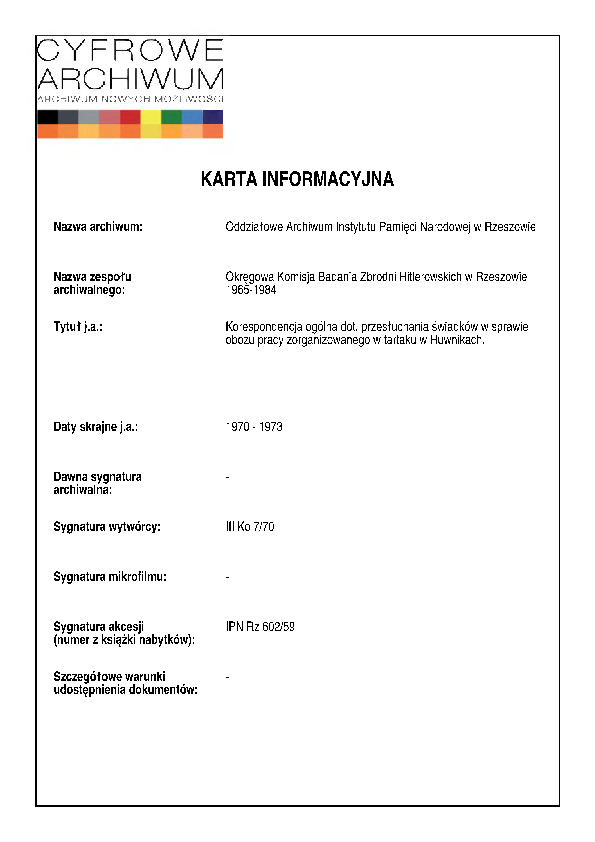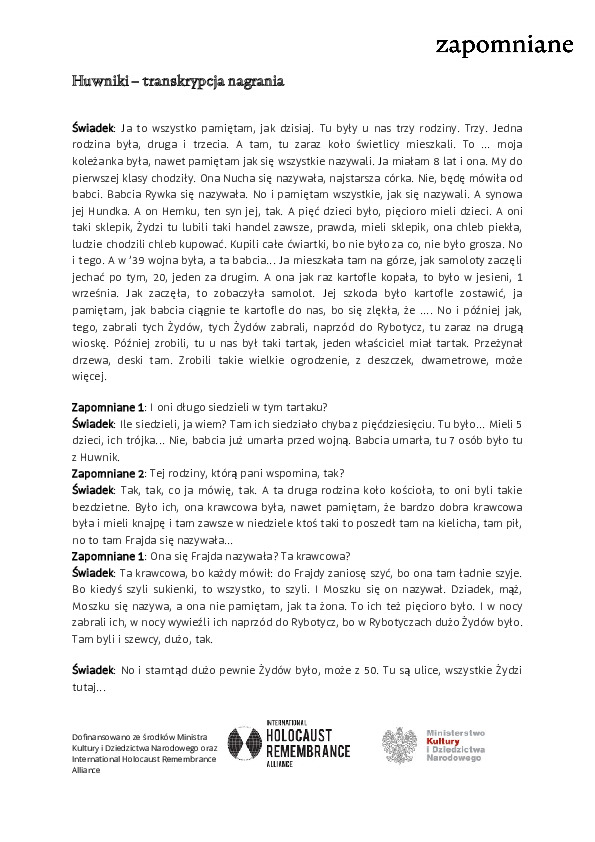Huwniki
Borough of Fredrpol , Przemyski District, Podkarpackie VoivodshipType of place
Overgrown wasteland by the Wiar RiverInformation about the crime
We visited the village of Huwniki in the Przemyśl district on July 5, 2022. There, we met with Mrs. Irena, who was born in 1931. Ms. Irena remembered some of the Jewish residents of the village and pointed out an area where several Jewish families were murdered and buried in the second half of 1942. According to her, the bodies of Jews from Huwniki, but also an unknown number of people brought from Rybotycze, were buried there. In total, about 50 died in Huwniki in November 1942.
Irena H.: “I remember it like it happened today. There were three families here. They lived next to the clubhouse. There was a friend of mine there. I remember all their names. I was eight years old, and so was she. We went to the first class. She was called Nucha. She was the oldest daughter. Grandma’s name was Rywka, and her daughter-in-law’s name was Hundka or Hudka. Rywka’s son was named Hemku. They had five children, and they ran a store. She baked bread, and people bought it from her. […] The eldest daughter was named Nucha. The second oldest daughter’s name was Dzienia. She had black hair. The older one was blonde, about your height. The younger one was more modest. The son’s name was Bear. And the third daughter? Anna? How was it Jewish? Somehow else…
[…] This other family lived near the church. They had no children. She was a seamstress. I even remember that she was very good. Her name was Frajda. They ran a pub. Every Sunday, someone went there to drink. […] My father told me about it. There was a sawmill here. One of the owners had a sawmill. They built a big fence of boards, two meters high, maybe more, and kept them there. […] The Germans came at night and ordered them to get dressed. They said they had to move to Rybotycze. But they were going to kill them. They drove them maybe half a kilometer from that sawmill. I went there to show where it was, but now trees are growing there. Willows are growing in that place. That’s all.
– On the other side of the river?
– Yes, yes. Where those willows are. That’s where they’re buried. They said they had chariots and were digging holes. They ordered them to stand one next to the other over this pit, and they killed them with a machine gun series. People used to graze cows at this place. There was a pasture here. People recalled: “Oh, the Jews are buried here”. (Huwniki, July 5, 2022)
The archives of The Regional Commission for the Examination of German Crimes in Rzeszow from 1965-1984 contain testimonies of Huwniki residents about the labor camp at the sawmill in Huwniki. There is information there that will help identify in the future where the bodies of the sawmill prisoners were buried. Nevertheless, the estimated number of victims is lower than the number Ms. Irena remembered.
Michal B.: “I have lived in Huwniki since I was born. The Germans invaded the Soviet Union and entered Huwniki a few days after the front breakthrough. Sometime after the invasion, the German administration took over the sawmill located in Huwniki. […] I can’t remember the exact time when the Germans established a ghetto for the Jews they employed at the sawmill in Huwniki. There were several Jewish families in the number of about 16-17 people. […] The ghetto was organized in a building on the grounds of the sawmill, which was fenced with a wooden fence. […] On November 25, 1942, the police of Ukrainian nationality, undoubtedly at the behest of the Germans, liquidated the ghetto in Huwniki. As I heard, all the Jews were led under a convoy of Ukrainian police officers to the Biar River [Wiar River in the Vistula basin] to a place about 300 meters away from the sawmill, where they were all shot under a rock. I also heard from people that the Germans came there after the shooting. After checking the number of Jews shot, they ordered the residents of Makowa village to bury the victims on the spot”.
Adam D.: “[…] Several Jews worked in this sawmill. The Germans organized a ghetto for local Jews on the grounds of the sawmill. They placed Jewish families of about 17 people in the old mill building. As I recall, in November 1942, the Ukrainian police led all the Jews toward the Makowa village, beyond the dyke of the local river, where they were all shot”. (IPN Rz 602/59)
Sources
Transkrypcje
Contact and cooperation
We are still looking for information on the identity of the victims and the location of Jewish graves in Huwniki. If you know something more, write to us at the following address: fundacjazapomniane@gmail.com.
Bibliography
IPN Rz 602/59 General correspondence regarding the questioning of witnesses in the case of the labor camp organized at the sawmill in Huwniki.
Recorded by the Zapomniane Foundation (audio recording), Irena H., age 84, resident of Huwniki village, interviewed by Agnieszka Nieradko and Anna Skiba, Huwniki, July 5, 2022.
We have collected the materials about this village thanks to the funding provided by the International Holocaust Remembrance Alliance as part of the project “The rural Holocaust. Collecting and safeguarding the never recorded testimonies 100 forgotten Jewish graves 2021-2022”.

 Huwniki zdjęcie lokalizacji
Huwniki zdjęcie lokalizacji Huwniki IPN Rz 60259 Korespondencja ogólna dotyczące przesłuchania świadków w sprawie obozu pracy zorganizowanego w tartaku w Huwnikach
Huwniki IPN Rz 60259 Korespondencja ogólna dotyczące przesłuchania świadków w sprawie obozu pracy zorganizowanego w tartaku w Huwnikach Huwniki transkrypcja
Huwniki transkrypcja